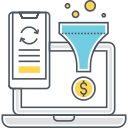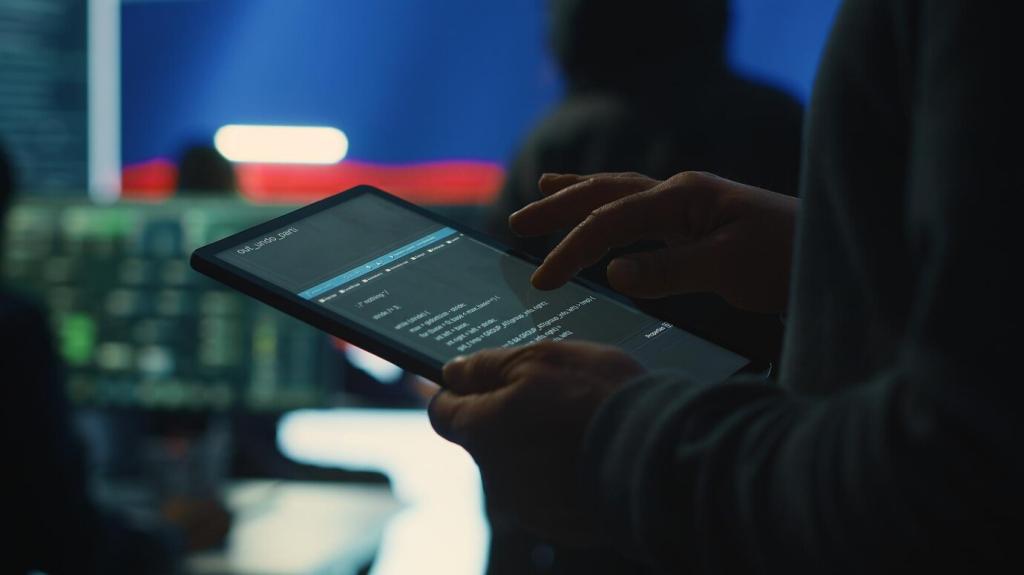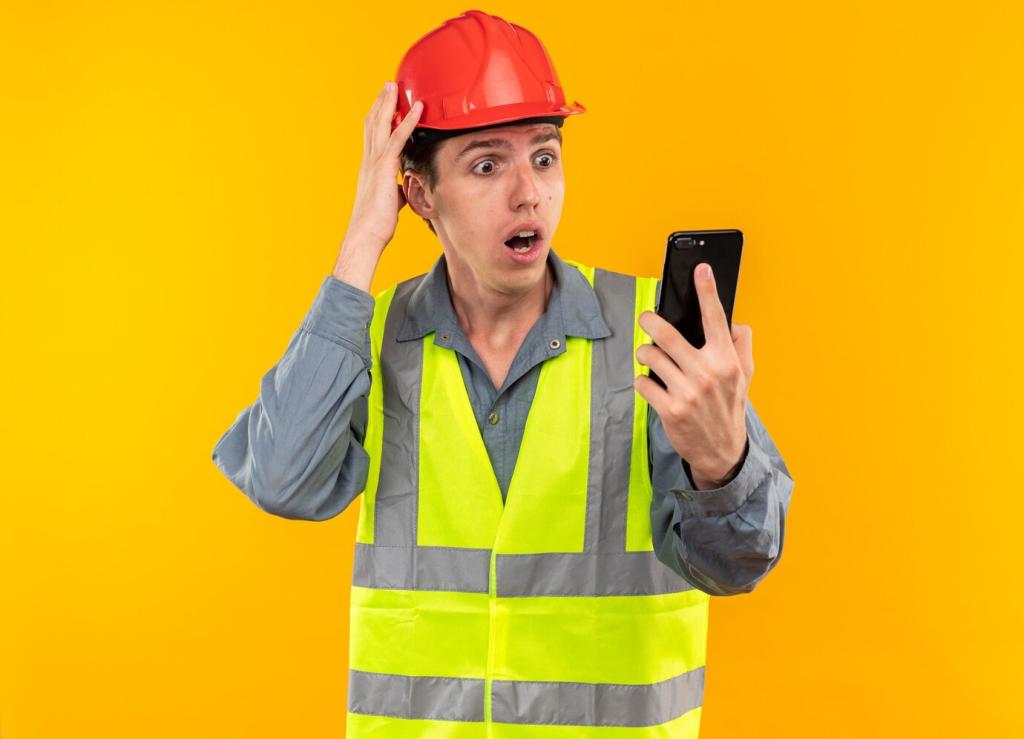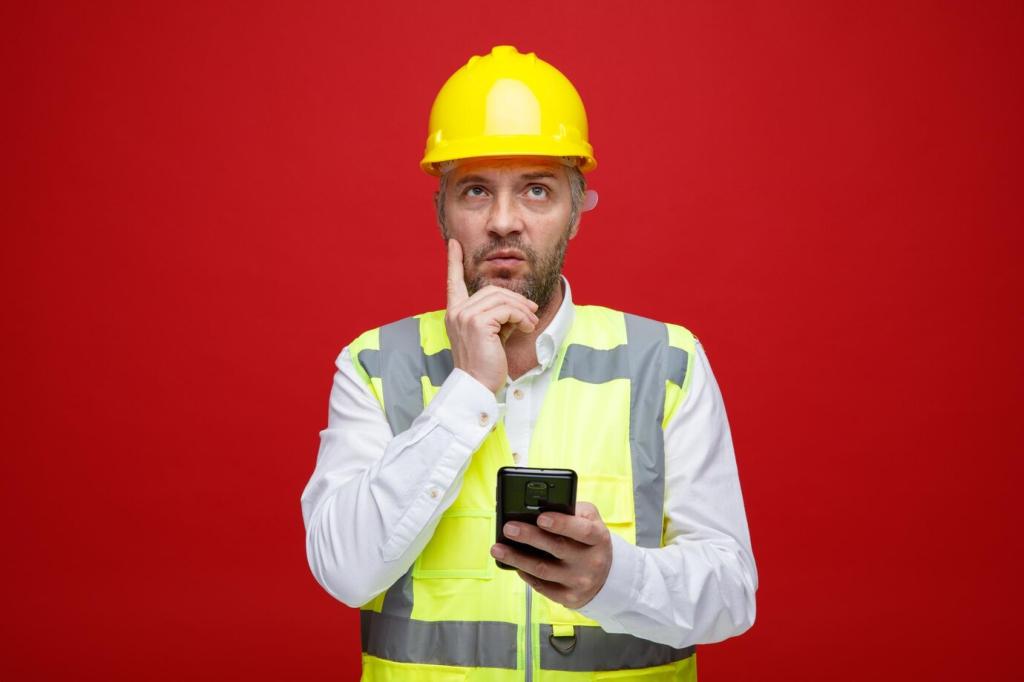Building a Culture of Continuous Testing
Reserve one hour weekly: recruit two users, test a focused flow, and debrief immediately. Momentum compounds, and the backlog shrinks predictably. Interested in a lightweight cadence guide you can copy today?
Building a Culture of Continuous Testing
Engineers, product managers, and marketers spot different issues. Invite them to observe and capture notes in a shared template. Collective insight reduces rework later. Who will you invite to your next session?





